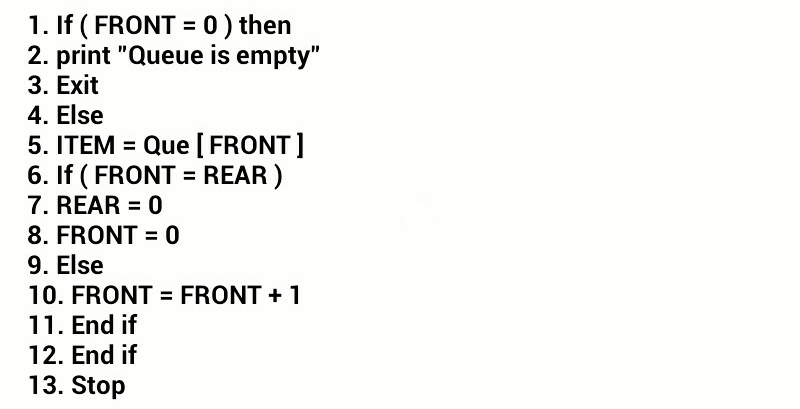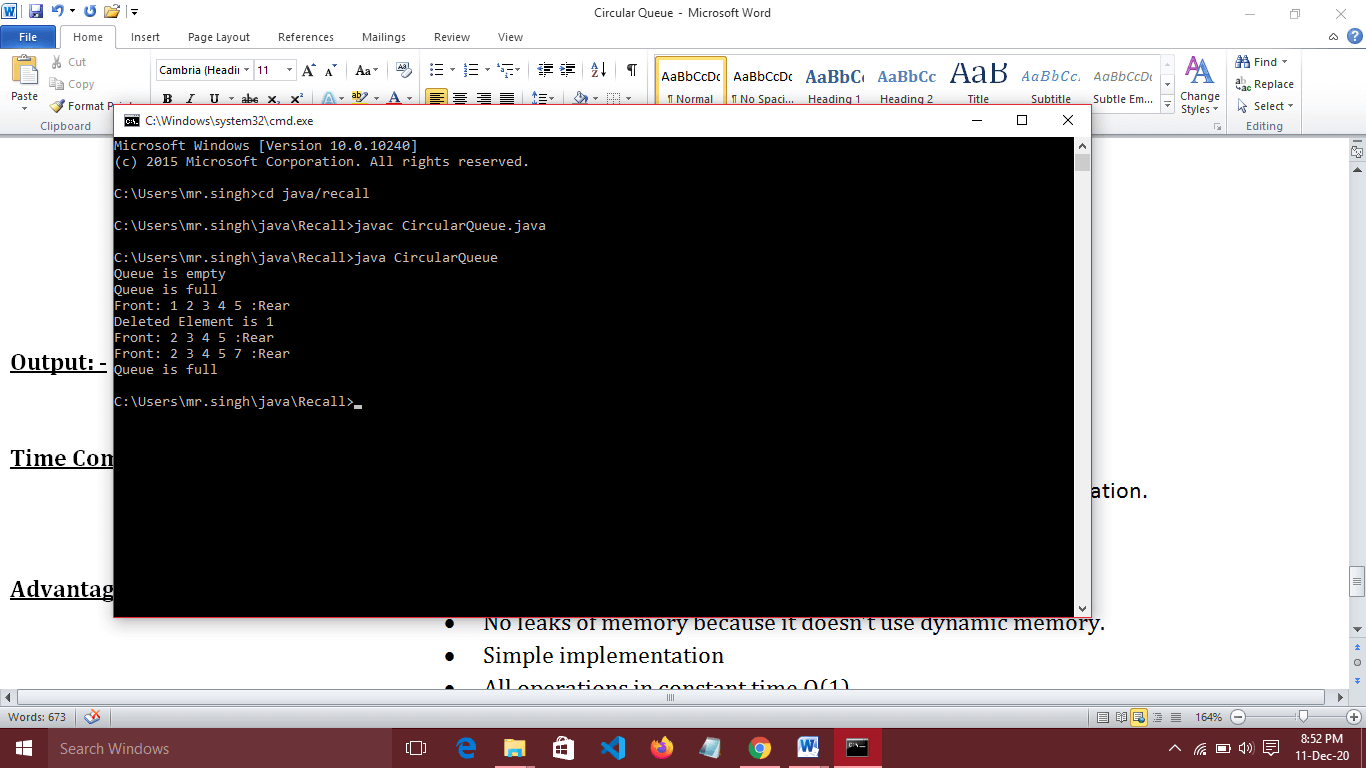
if deque is not empty remove and return the rear of deque

add the element x at the front of deque
ENQUEUE AND DEQUEUE IN JAVA CODE
size of stack is same as size of Dequeġ C++ Code to implement stack using deque #include if deque is not empty remove an element from the front of deque Add the element x to the front of Deque Time Complexity = O(1) Code JAVA Code to implement stack using deque import The size of stack is same as the size of Deque, so return the size of deque. If the Deque is empty the stack is empty else it is not. Pop operation happen on the same side as of Push, that is, to pop an element from stack delete the element present on the front of deque and return it. To push an element x to the stack, simply add the element x at the front of Deque. Let us use the front of Deque to perform push and pop operation for stack. Stack is a Last In First Out(LIFO) data structure, that is, the elements are popped out from the same side where they are pushed. This interesting property of Deque can be used to implement either a stack or a queue from it.

Example (Stack) Push(1)Ī deque(Doubly Ended Queue) is a special type of queue in which insertion and deletion can be performed on both the ends.

The problem “Implement Stack and Queue using Deque” states to write an algorithm to implement Stack and Queue using a Deque(Doubly Ended Queue).


 0 kommentar(er)
0 kommentar(er)
